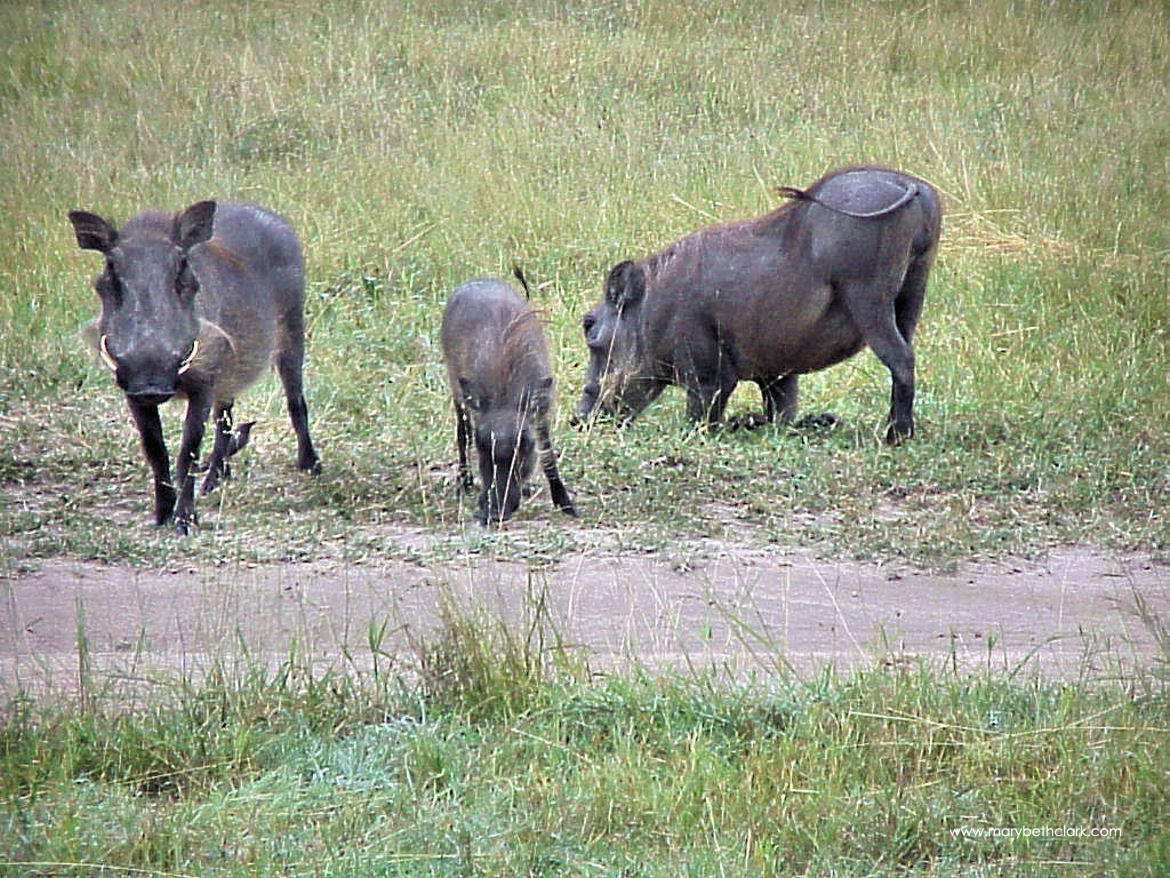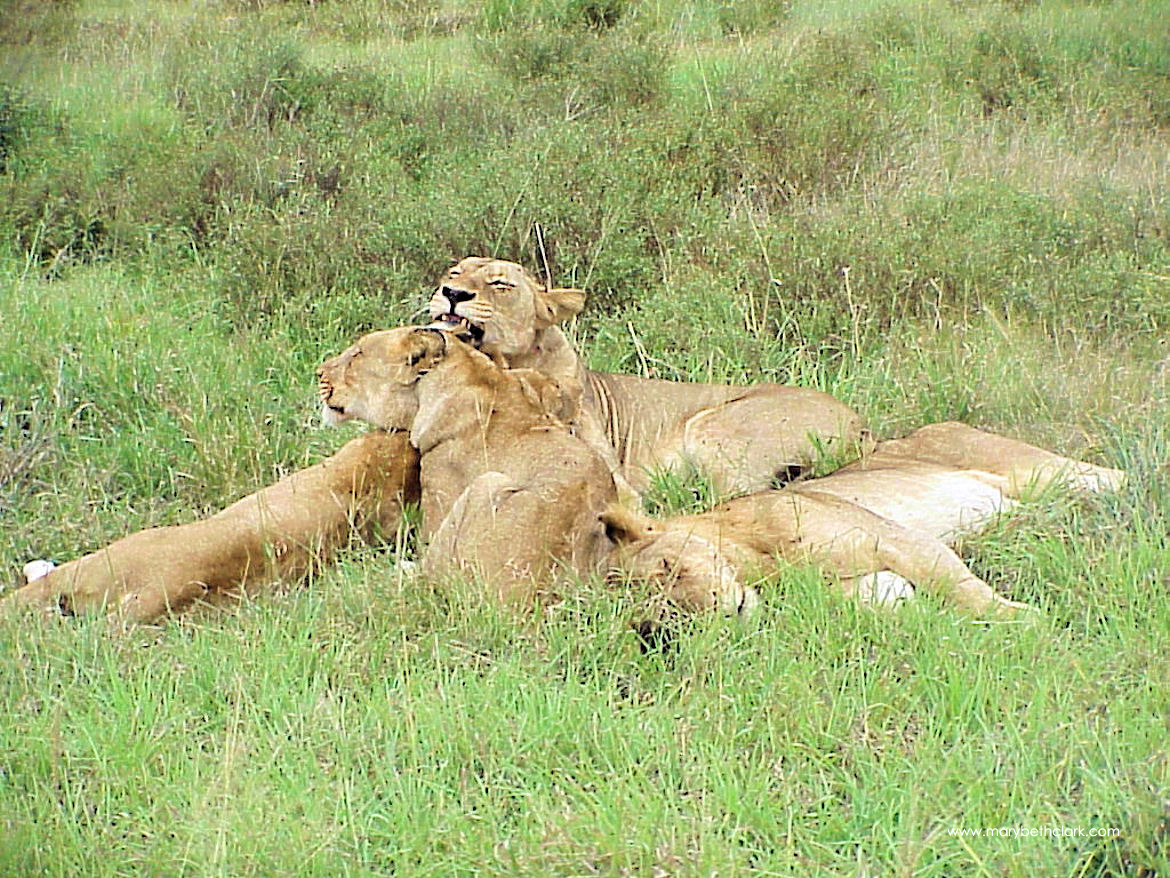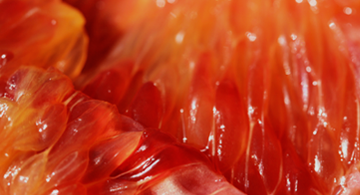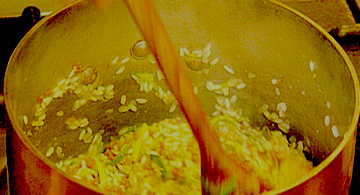The neighborhood butcher shop is not just a place for purchasing beef, lamb, and donkey. There is a sense of community. Friends stop by to chat. Relatives rest outside. Glancing at this photo, it may seem like a simple, daily scene, but study it. Look at the juxtaposition of the elements. The seated gentleman in this photo is fingering his prayer beads while saying his daily prayers.
There are several types of individual, handheld instruments used for prayer. Many are beads strung on thread, but ropes with knots are used, too. The number of beads or knots varies by religion or use. Anglican prayer beads have 33 beads representing the 33 years of Christ's life. From the Sanskrit "heavenly garland", traditional Buddhist full malas, have 108 beads. The Coptic Mequteria has 41, 64, or 100 beads. The Eastern Orthodox church uses prayer ropes with 33, 50, or 100 knots. Islam prayer beads, called Misbaha or Tasbih or Tespih, usually have 33 or 99 beads. Roman Catholics have the five-decade or 60-bead rosary. Greek Komboloi, known as worry beads, are either a multiplication of 4+1 extra bead, or a prime number, usually 17, 19, or 23. Although not associated with religion, worry beads are part of rituals and used as musical instruments. They help the person focus and give a sense of comfort. The earliest use of prayer beads was in 3200 B.C., attributed to the Egyptians.













